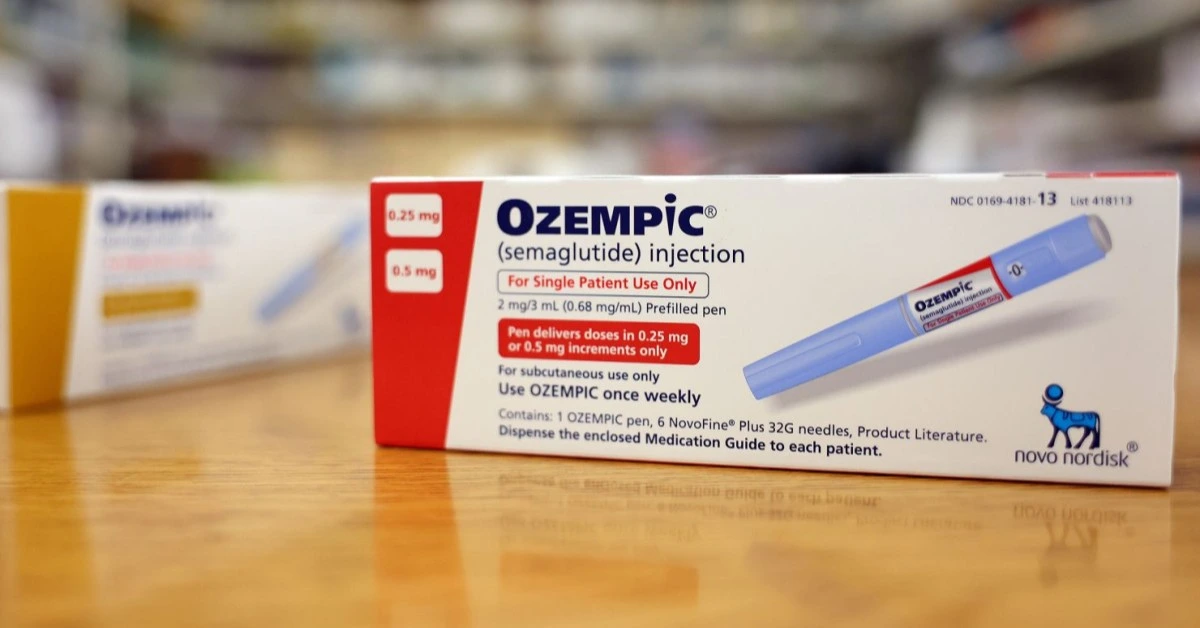
DENMARK – A new study has revealed that diabetes patients using Ozempic face more than double the risk of developing NAION—a rare, untreatable condition that causes vision loss—compared to those taking other diabetes medications.
The research, conducted in Denmark and Norway, adds weight to earlier findings from Harvard University linking Ozempic to this condition.
The study, published on December 11 on medRxiv, analyzed patient records for over 44,000 Ozempic users in Denmark and more than 16,000 in Norway, tracking data from 2018 onward.
Across this large group, 32 cases of NAION were identified, translating to 1.4 additional cases per 10,000 patients when compared to users of other diabetes drugs, such as older SGLT-2 inhibitors.
NAION, or non-arteritic anterior ischemic optic neuropathy, occurs when blood flow to the optic nerve is disrupted, causing irreversible damage and potential blindness.
While extremely rare, it primarily affects individuals over 50 and is often linked to underlying conditions like diabetes, heart disease, and sleep apnea.
Researchers estimate that a type 2 diabetes patient using Ozempic for 20 years would face a 0.3% to 0.5% chance of developing NAION.
The Nordic study followed earlier concerns raised by a Harvard-affiliated study in July.
However, the Danish-Norwegian analysis found a lower incidence of NAION, likely because the Harvard research focused on patients already referred for neuro-ophthalmological assessments, who may have had pre-existing conditions making them more susceptible.
Novo Nordisk, the manufacturer of Ozempic, has defended the drug’s safety, stating that its internal trials identified very few NAION cases and found no evidence of disproportionate risk.
The company emphasized that the overall risk-benefit profile of Ozempic remains strong, given its therapeutic advantages in managing type 2 diabetes and obesity.
Novo Nordisk acknowledged the study’s findings but reiterated that potential risks must be weighed against the drug’s proven benefits.
Despite Novo Nordisk’s reassurances, the study caused significant market turbulence. Shares of the company fell by as much as 3.7% in Copenhagen following the news, marking its largest single-day decline in a month.
This follows a pattern observed earlier in the year when Harvard’s initial findings also impacted investor confidence.
Nonetheless, Novo Nordisk’s stock remains up 8% year-to-date, outperforming broader European pharmaceutical indices amid rising demand for Ozempic and Wegovy.
The Nordic study highlights how rare side effects like NAION often emerge only after a drug has been widely used.
Researchers also noted that findings related to Wegovy—a semaglutide-based drug for obesity—were inconclusive due to limited data, as the medication was introduced in Denmark in 2022 and Norway in early 2023.
XRP HEALTHCARE L.L.C | License Number: 2312867.01 | Dubai | © Copyright 2025 | All Rights Reserved